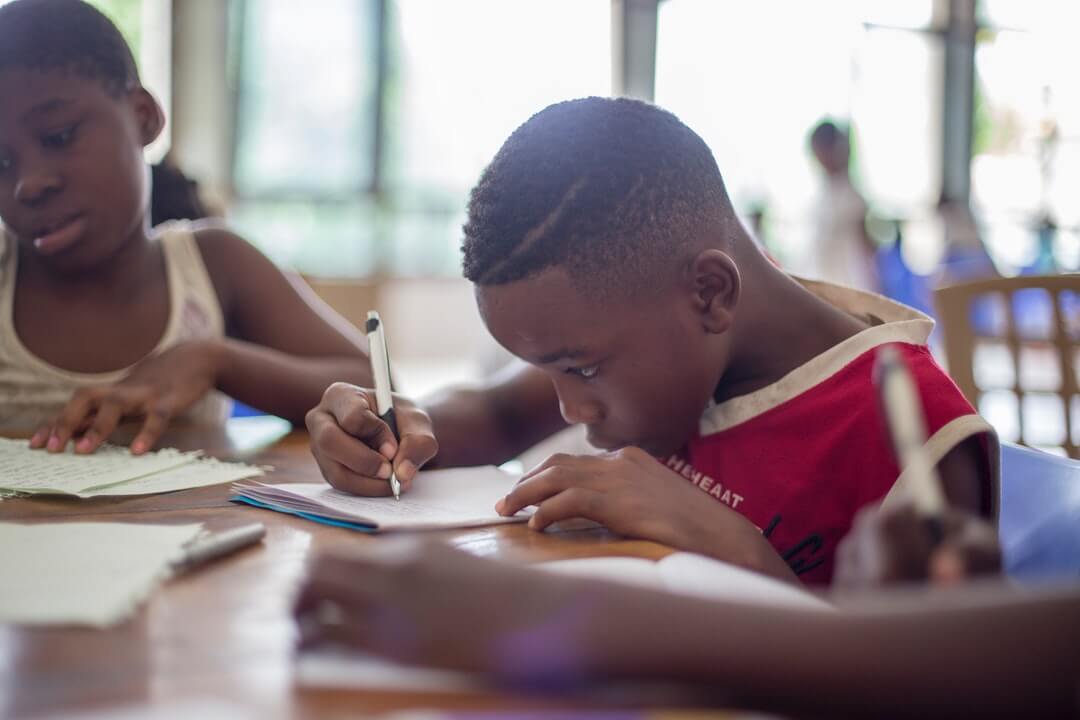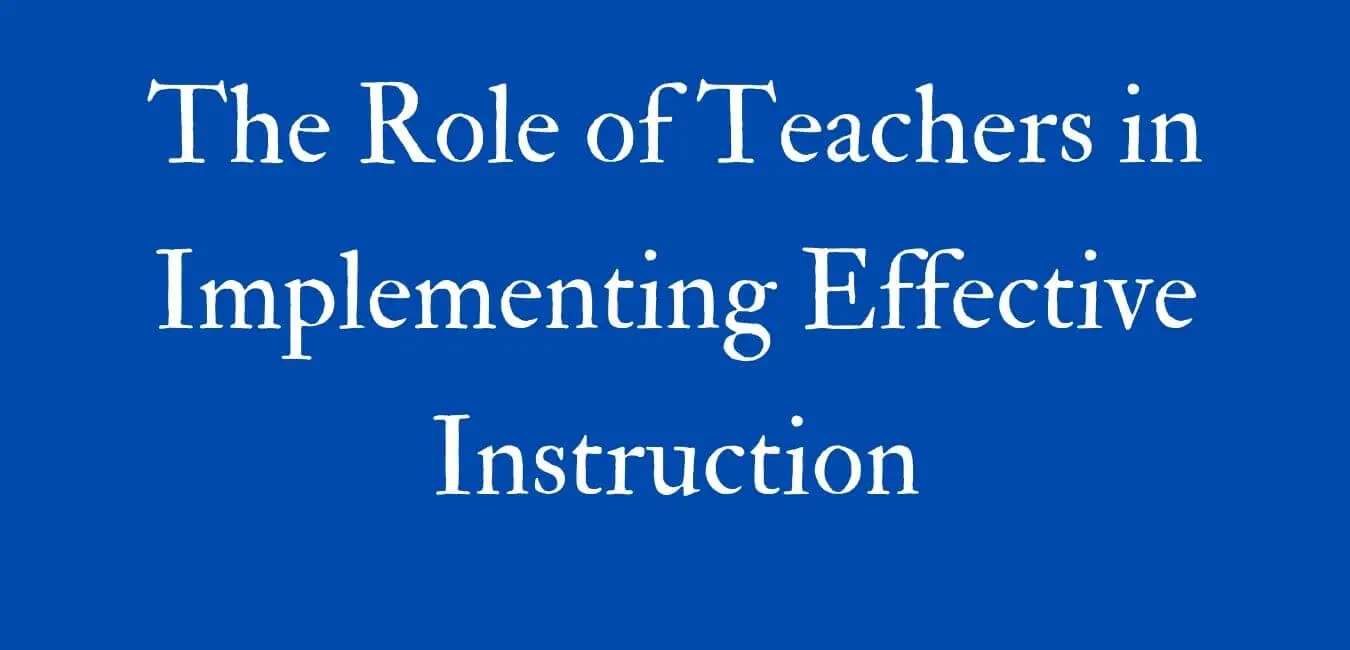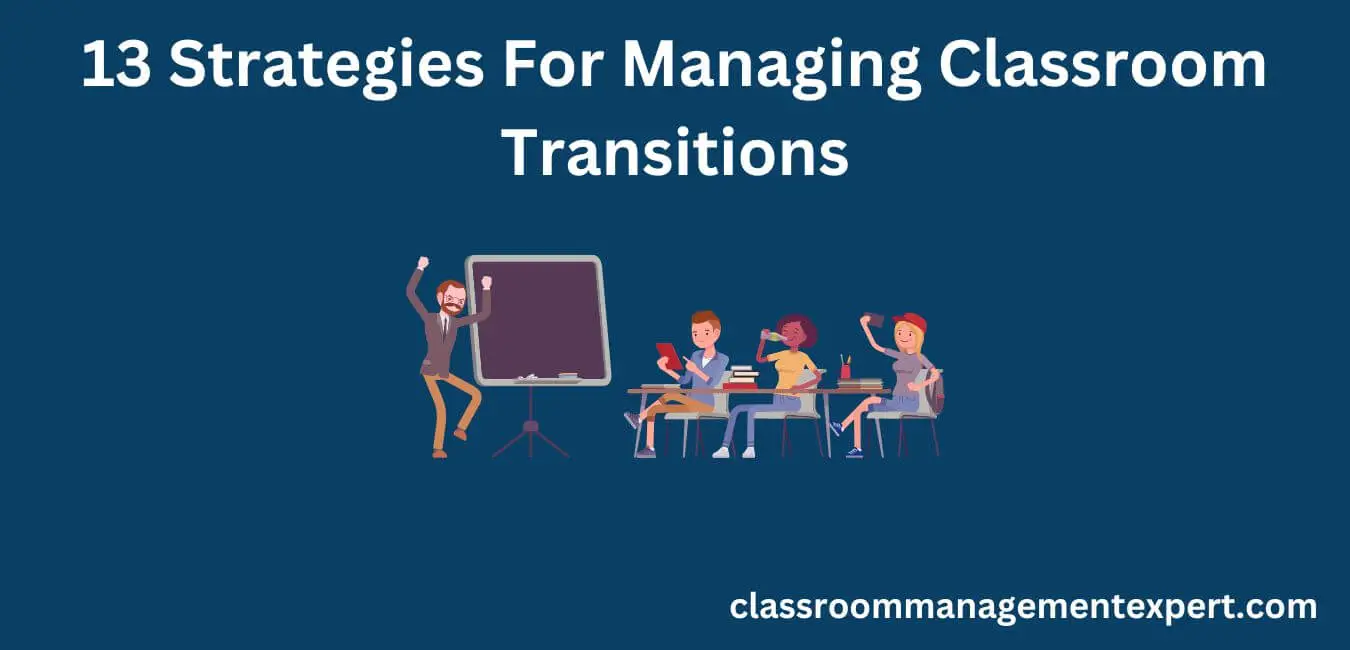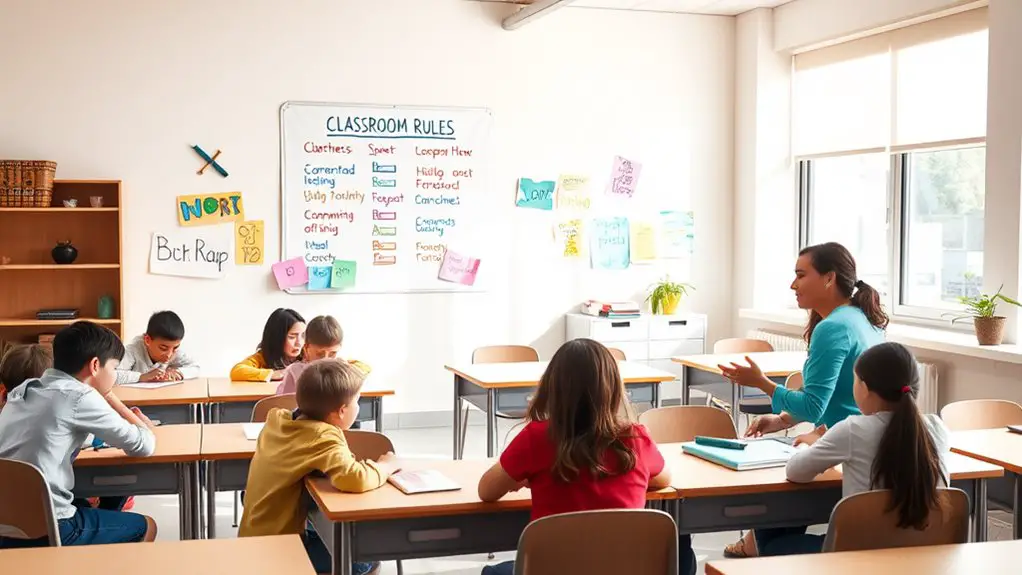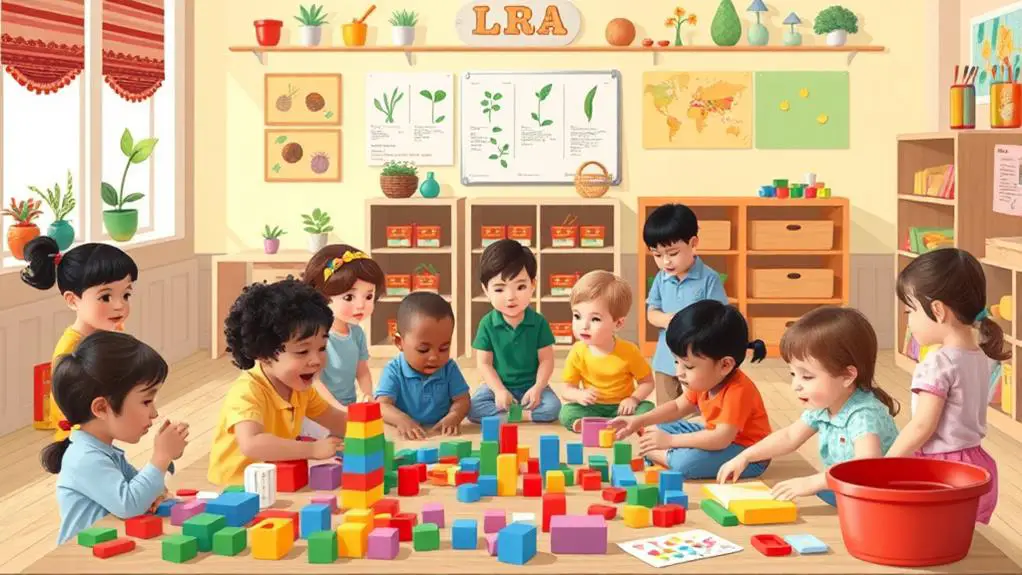Navigating the realm of connecting with shy or introverted students resembles piecing together a complex puzzle, where each element plays a pivotal role in unlocking their potential.
The task involves deciphering their unspoken thoughts and emotions, understanding their distinct viewpoints, and cultivating an environment that celebrates their worth and dignity.
Through employing tailored strategies that cater to their unique needs and characteristics, educators can lay the groundwork for these students to flourish at their own pace, ultimately enhancing the educational journey for all individuals involved.
How to Strengthen your Connections With Shy or Introverted Students

When connecting with shy or introverted students, it’s essential to establish trust gradually, encourage small group interactions, and create space for silent participation.
Written communication and one-on-one conversations can also play a significant role in developing strong connections with these students.
These strategies help in fostering a supportive and inclusive learning environment for all individuals.
Building Trust Slowly
Building trust with shy or introverted students is a gradual process that requires consistent support and understanding in our interactions. Patience, gentle encouragement, and a sincere interest in their well-being are essential. Trust isn’t something that can be rushed; it takes time and commitment. By creating a safe and welcoming environment consistently, we can help these students feel valued and respected.
Through slow and steady progress, we can demonstrate our reliability and dependability to shy students. Establishing rapport involves actively listening to their concerns, respecting their boundaries, and being sensitive to their needs. Small acts of kindness and empathy play a significant role in laying the groundwork for trust.
It’s crucial to show shy students that we’re there for them, willing to support and guide them as they navigate through their challenges. This approach helps them feel more comfortable opening up and engaging in the learning process. Gradually, they’ll begin to trust us and feel more at ease in sharing their thoughts and feelings.
Encouraging Small Group
To better connect with shy or introverted students, consider encouraging small group interactions as a way to foster a sense of community and support among them. Working together in small groups allows these students to engage with their peers in a more intimate setting, promoting team building and creating a space for peer encouragement. This approach can help shy or introverted students feel more comfortable expressing themselves and sharing their thoughts and ideas.
Engaging in cooperative learning activities within small groups enables these students to collaborate towards a common goal, nurturing a feeling of belonging and mutual understanding. Encouraging small group discussions or projects can assist shy or introverted students in building their confidence and communication skills within a supportive environment. Not only does this approach enhance their academic development, but it also improves their social skills and relationships with classmates.
Allowing Silent Participation
When connecting with shy or introverted students, I make it a point to value silent participation as a way to strengthen our relationship. Creating opportunities for quiet reflection during group activities allows these students to engage at their own pace. They can use visual aids or provide written responses if they feel more comfortable expressing themselves in writing.
Understanding nonverbal cues and respecting individual preferences are essential in providing a supportive environment where shy students feel acknowledged and understood.
Through active listening and offering personalized attention, I demonstrate to these students that their thoughts and contributions are important, even if they choose not to speak up verbally. Encouraging flexible participation enables gradual engagement, empowering shy or introverted students to participate in a manner that feels genuine to them.
Embracing silence as a valid form of engagement and communication helps build trust and fosters meaningful connections with all students, regardless of their preferred mode of participation.
Providing Written Communication
When building connections with shy or introverted students, incorporating written communication can be a valuable tool to enhance engagement and gain insight into their perspectives.
Email support offers a comfortable space for shy students to ask questions or seek clarification without the pressure of face-to-face interactions. Providing written encouragement through digital channels like messages or emails can boost their confidence and motivation.
Additionally, offering feedback on their assignments or class participation through messages can provide helpful guidance in a non-intimidating manner.
Quick text check-ins are a convenient way to stay connected with introverted students, demonstrating care for their progress and well-being.
Offering One-on-One Conversations
Engaging reserved or introverted students in one-on-one conversations can be a powerful way to establish strong connections and support their academic development. These personalized check-ins, tailored interactions, and intimate discussions are key to understanding their individual needs and helping them succeed in educational environments.
When you engage in these conversations, you have the opportunity to build trust by listening attentively and showing empathy. Creating a welcoming and safe space can help them feel comfortable opening up and sharing their thoughts and feelings. By validating their experiences and emotions, you can show understanding and provide the encouragement they need to thrive.
Building a connection through shared interests and experiences can further enhance the bond you have with these students. This approach isn’t only beneficial for their academic growth but also for their overall well-being and confidence.
Creating Comfortable Environment
Creating a comfortable environment is crucial for building connections with shy or introverted students. Establishing a safe and welcoming atmosphere where students feel secure to express themselves is key. It’s our responsibility as educators to cultivate a supportive setting where every student feels valued and listened to.
By creating a safe space, we can encourage participation from shy students who may feel hesitant in group settings. Developing a personal connection with each student helps in building trust and understanding, leading to stronger relationships.
Being attentive to students’ emotions and needs is essential in creating a comfortable environment. Demonstrating empathy and understanding can help shy students feel more relaxed. Providing opportunities for students to share their thoughts in a non-intimidating way can gradually boost their confidence in engaging with the class.
Using Icebreaker Activities
To enhance connections with reserved or introspective students, incorporating icebreaker activities can be a valuable method to encourage engagement and cultivate a sense of community in the classroom.
Team building games offer a structured yet enjoyable way for students to interact and collaborate, dismantling barriers in a comfortable environment.
Communication exercises provide chances for students to practice expressing themselves in a supportive setting, boosting their confidence and social abilities.
Trust-building activities prompt students to depend on one another, fostering a feeling of belonging and teamwork.
Icebreaker games are particularly beneficial in helping reticent students feel more relaxed by creating a laid-back atmosphere where they can gradually open up.
Through participating in these social skills practice sessions, students can hone valuable interpersonal skills while establishing meaningful connections with their peers.
In my experience, integrating these icebreaker activities has been pivotal in nurturing a positive and inclusive classroom environment where all students feel appreciated and encouraged.
Respecting Personal Space
Understanding how to connect with shy or introverted students involves a crucial aspect: respecting personal boundaries. When engaging with these individuals, it’s essential to consider their comfort zones and communication preferences.
Some may have unique social interactions or appreciate respectful gestures that align with their personal boundaries. By acknowledging their need for privacy and engaging in thoughtful interactions, we can create a conducive environment for comfortable communication to develop.
Being mindful of their comfort levels and establishing healthy boundaries cultivates trust and mutual understanding. It’s important to remember that everyone has varying degrees of comfort with personal space, and being sensitive to this can enhance our relationships with shy or introverted students.
Valuing Active Listening
Engaging in active listening is a key strategy for connecting with shy or introverted students. When interacting with these individuals, it’s crucial to ensure they feel heard and understood.
Here are some effective ways to demonstrate the value of active listening:
- Show Empathy: Display genuine empathy towards the feelings and experiences shared by shy or introverted students. Acknowledge their emotions and convey understanding.
- Encourage Detailed Responses: Prompt students to share more by asking open-ended questions that invite in-depth answers. This approach helps them feel more at ease expressing their thoughts and ideas.
- Practice Reflective Listening: Mirror back what the student has expressed to show that you’re actively engaged and comprehending their words. This demonstrates that their input is respected and valued.
Recognizing Nonverbal Cues
Now, let’s shift our focus to recognizing nonverbal cues when connecting with shy or introverted students.
When interacting with these individuals, it’s crucial to pay attention to their body language, facial expressions, eye contact, posture, gestures, and signals. Body language can convey a lot, so observe whether they seem tense or relaxed, indicating their comfort level.
Facial expressions can reveal emotions that words may not capture, providing valuable insights into their feelings. Eye contact is significant; some may feel uneasy with direct eye contact, while others may see it as a sign of attentiveness.
Posture cues also offer valuable information; crossed arms may signal defensiveness, while open body language suggests receptiveness. Being mindful of gestures and signals can help decipher their unspoken messages.
Embracing Quiet Strengths
When supporting shy or introverted students, it’s important to appreciate their unique qualities to cultivate a nurturing learning environment. Recognizing their quiet strengths not only helps them thrive but also enhances the overall classroom atmosphere.
Quiet confidence should be acknowledged as a source of inner strength in shy students. Building their confidence by encouraging them to trust their abilities can increase their willingness to participate.
Provide gentle encouragement in a compassionate manner. Simple acts of support can make introverted students feel valued and included in the learning process.
Empower shy students by creating opportunities for them to showcase their talents in their own way. Offering platforms where they can shine will help them realize their full potential and contribute positively to the classroom dynamic.
Celebrating Small Achievements
Acknowledging and celebrating the small achievements of shy or introverted students plays a key role in building strong connections with them and creating a supportive learning environment. Recognizing their personal milestones and subtle victories demonstrates that we value and appreciate their efforts.
It’s crucial to acknowledge their progress with understated gestures, showing that we recognize and understand the steps they’re taking. Celebrating their minor successes through discreet acknowledgments and modest praises can greatly boost their confidence and motivation.
Offering personal recognition for their quiet accomplishments and gentle applause for their triumphs can foster a sense of belonging and provide encouragement for these students. By celebrating even the smallest victories, we communicate to shy or introverted students that their hard work is seen and valued, leading to deeper connections and a more inclusive educational setting.
Offering Flexible Participation Options
Encouraging reserved students to participate more actively can greatly enhance their learning experience and contribute to a more inclusive classroom environment. One way to achieve this is through virtual check-ins, where students can engage with the material in a comfortable setting, free from the pressure of face-to-face interactions. This method allows shy students to express themselves more freely and connect with the content on a deeper level.
Another effective strategy is to offer anonymous feedback channels, enabling students to share their thoughts without fear of judgment. This promotes open and honest communication, allowing reserved students to voice their opinions and provide valuable input.
Additionally, providing alternative assignment options can cater to different learning styles, allowing students to demonstrate their understanding in ways that suit their preferences.
Providing Clear Expectations
Setting clear expectations is key for shy or introverted students to navigate their academic responsibilities confidently. Establishing boundaries creates a structured environment for these students to excel. Clearly defining their tasks helps promote independence as they understand what’s required and can progress at their own pace.
Building trust with shy or introverted students involves being consistent and transparent. Transparent expectations create a sense of security, allowing students to focus on learning and personal growth. Encouraging open communication enables students to voice any concerns, fostering a supportive relationship where they feel valued and understood.
Being Patient and Understanding
When connecting with shy or introverted students, it’s crucial to practice patience and understanding. Creating a safe and supportive environment where these students feel valued and respected is key.
Here are some essential strategies to build connections with shy or introverted students:
- Engage in Active Listening: Take the time to actively listen to what shy or introverted students have to share. Showing genuine interest in their thoughts and feelings can make a significant impact.
- Empathize with Their Emotions: Empathy is essential in understanding the emotions of shy or introverted students. Acknowledge their feelings and validate their experiences to build trust.
- Establish Rapport: Building a strong rapport based on trust and mutual respect is crucial. Find common interests to bond over and create a comfortable space for interaction.
Conclusion
As I’ve learned from my own journey, building trust, acknowledging small achievements, and creating a safe, welcoming space for shy or introverted students can significantly boost their confidence and involvement.
Embracing their individual strengths and needs enables educators to foster a supportive community where every student feels valued and empowered to contribute in their own unique way.
Investing in these connections can foster a more inclusive and engaging learning environment for all participants.



